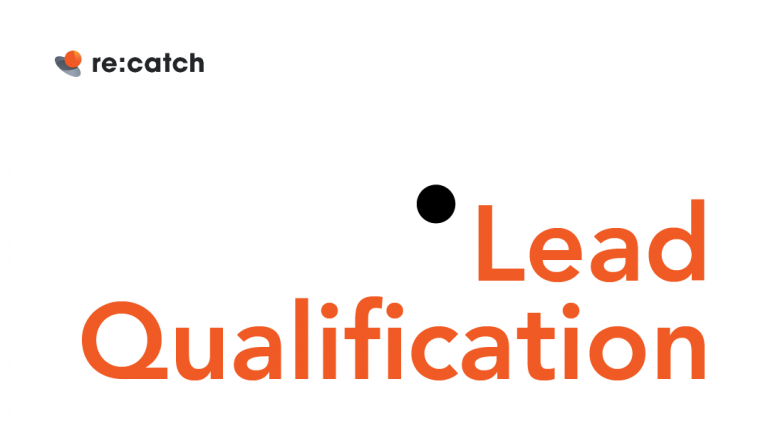Unleashing the Potential of 5 Essential Sales KPIs for B2B SaaS Success
If you’re part of a B2B sales team for SaaS products, regardless of its size, implementing a strategic approach to track sales Key Performance Indicators, or sales KPIs can have an impact on your closing rate and overall sales performance. Effective measurement and analysis of these metrics provide valuable insights into the effectiveness of your sales efforts and act as a compass to steer your business by optimizing sales funnels and reducing Time-to-Revenue.
In this blog, we will introduce five essential sales KPIs that every B2B SaaS sales team should focus on, serving as the fundamental pillars for assessing performance for not only revenue teams but also the overall revenue projections and efficiencies. These KPIs represent the basic minimum benchmarks that, when tracked and analyzed carefully, offer valuable visibility into your sales process, enable you to identify areas for improvement, and establish a strong foundation for sales success.
Choosing the Right Sales KPIs
While there are numerous sales KPIs you can track, it’s essential to focus on those that align with your business goals and provide meaningful insights into your sales performance. The right sales KPIs will vary depending on factors such as your industry, target market, and specific objectives.
For example, if your B2B sales process heavily relies on lead generation and conversion, you may consider key drivers such as the number of qualified leads generated, conversion rate from lead to opportunity, and the average deal size.
On the other hand, if your focus is on shortening the sales cycle and improving efficiency, you might prioritize sales KPIs like the lead time, the number of touch points required to close a deal, and the win rate at each stage of the sales process.
It’s important to strike a balance between simplicity and comprehensiveness, selecting a set of sales KPIs that captures the essential aspects of your sales performance without overwhelming your team with an excessive amount of data. Let’s now explore 5 key sales KPIs that will empower your B2B SaaS sales team to achieve greater results and drive your business forward!
1. Monthly Recurring Revenue
Monthly Recurring Revenue (MRR) is a crucial sales KPI for subscription-based businesses, particularly for B2B SaaS companies. It represents the predictable and recurring revenue generated from subscription services on a monthly basis. MRR serves as a key indicator of revenue stability and growth potential for your business.
MRR is often considered the “north star” metric for sales teams in the B2B SaaS industry. It provides a clear snapshot of the overall health of your business by reflecting the total value of active subscriptions. As MRR increases, it signifies a growing customer base and revenue stream, indicating successful customer acquisition and retention efforts.
However, it’s important to note that MRR alone may not directly track the detailed efficiency or effectiveness of your sales team. While an increase in MRR is desirable, it can be influenced by factors beyond sales performance, such as pricing changes, upgrades, or downgrades. Therefore, it’s essential to complement MRR analysis with other sales KPIs to gain a comprehensive understanding of your sales team’s performance.
2. Conversion Rate
Conversion rate is a fundamental sales metric that measures the effectiveness of your sales process in converting prospects or leads into paying customers. It represents the percentage of successful conversions relative to the total number of opportunities or leads in a given period. The conversion rate is a crucial indicator of how efficiently your sales team is progressing prospects through the sales funnel.
Unlike MRR, which provides a broad overview of revenue, the conversion rate offers a more detailed perspective on your sales effectiveness. It enables you to track and evaluate the performance of specific stages within your sales funnel, allowing you to identify bottlenecks, optimize processes, and make data-driven improvements.
There are different conversion rates you can track, including the overall conversion rate across all stages of the sales funnel, as well as conversion rates specific to different stages such as from initial meeting to closing, SQL (Sales Qualified Lead) to closing, or any other relevant stages within your sales process.
By analyzing conversion rates at each stage, you can pinpoint areas where prospects are dropping off or where your team is excelling, enabling you to focus your efforts on improving specific parts of the sales process.
3. Lead Time
Lead time refers to the time it takes to convert a lead or prospect into a paying customer. Monitoring and optimizing lead time can significantly impact your sales efficiency and revenue generation.
Tracking lead time means you will be able to understand how long it takes for your team to move prospects through the entire sales journey, from initial contact to closing the deal. By analyzing and tracking this metric, you can identify potential bottlenecks, streamline your processes, and make improvements that shorten the lead time.
Optimizing the lead time offers several benefits. Firstly, it allows you to capitalize on opportunities faster, as shorter lead times mean quicker revenue generation. Secondly, it enhances your sales team’s productivity by reducing the time and effort spent on each deal, enabling them to reduce Time-to-Revenue. Additionally, a shorter lead time increases customer satisfaction as prospects experience a streamlined and efficient buying process.
4. Number of Sales Meetings
Tracking the number of sales meetings is one of the most essential sales KPIs that provides valuable insights into the productivity of your sales team and the level of customer engagement.
By monitoring the number of sales meetings, you can assess the effectiveness of your prospecting efforts. It reflects the quantity of interactions your sales team has with prospects, indicating the level of activity and outreach. A higher number of sales meetings often correlates with increased opportunities for closing deals.
Furthermore, tracking this metric allows you to evaluate the productivity of your sales team. It helps you understand how effectively your sales reps are managing their time and resources, as well as their ability to convert leads into sales meetings. Comparing the number of sales meetings to other metrics, such as conversions and closed deals, optimize conversion rates and effectiveness of your sales process.
5. Number of Opportunities Created
Measuring the number of opportunities generated is also a great metric that enables revenue teams to gauge effectiveness of your lead generation and sales efforts. Unlike tracking the number of sales meetings, which focuses on the quantity of interactions, monitoring opportunities created provides a deeper understanding of the quality and potential value of those opportunities.
By analyzing the number of opportunities created, you can evaluate the success of your lead generation initiatives. It enables you to assess the impact of your marketing campaigns, lead qualification processes, and overall demand generation strategies. Increasing the number of opportunities signifies a wider reach and higher engagement with potential customers.
Moreover, the number of opportunities created serves as a reliable indicator of revenue potential. Each opportunity represents a potential sale and contributes to the growth of your business. By closely monitoring and analyzing this metric, you can forecast revenue projections, set realistic targets, and allocate resources strategically to maximize revenue generation from the opportunities at hand.
Start Tracking Sales KPIs to Boost Sales Performance
Sales KPIs become a great set of guidance for B2B revenue teams when optimizing sales funnels and boosting sales conversion. The essential KPIs we explored—MRR, conversion rate, lead time, number of sales meetings, and opportunities created—allow sales teams to understand revenue growth, sales effectiveness, efficiency, and lead generation success.
However, it’s important to remember that sales KPIs should be used alongside other metrics and qualitative assessments for a holistic understanding of sales performance. By consistently measuring and analyzing these sales KPIs, businesses can identify areas for improvement, set realistic targets, and make data-driven decisions to optimize their sales strategy.
Start leveraging these foundational sales KPIs to drive business growth!







